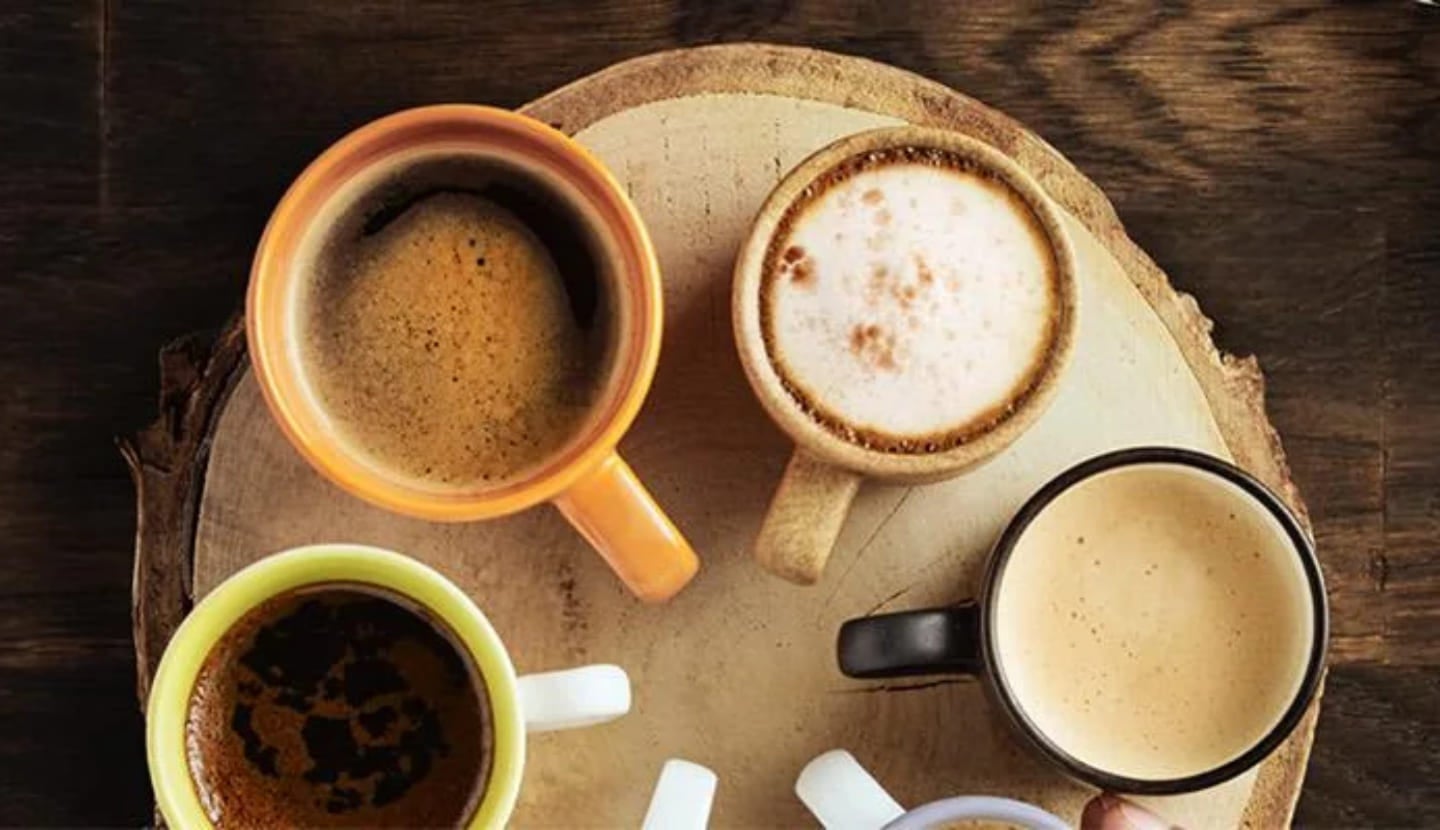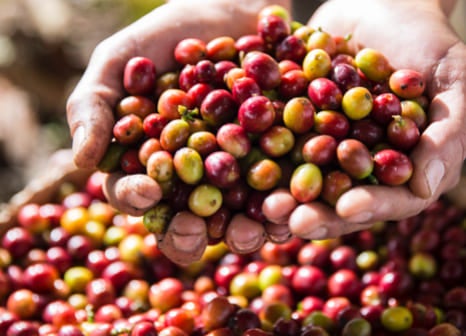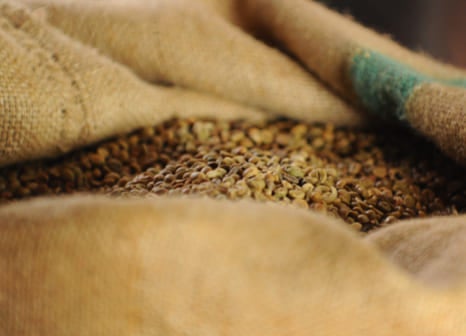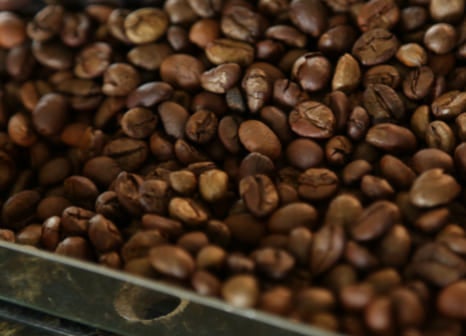Why do we use professional coffee tasters?
All respectable coffee companies have their own professional tasters. It’s the only way to guarantee quality and consistency. And we need highly trained tasters because coffee has so many complex tastes and smells.
It takes years of practice and experience to identify and judge a coffee’s different flavours and smells. These days, professional coffee tasters are so well trained that they will all agree very closely on the exact characteristics of any coffee they taste.
Find out about Coffee Cupping
How we ensure NESCAFÉ quality
The language of coffee tasting
What is it?
Many experts in the coffee-tasting profession use a book called the Sensory Lexicon. It’s a bit like an insider’s guide to the strength of the different flavours in coffee. It lists more than 100 different flavours, and they’re organised into groups such as:
- • Floral, spices, sweet, cocoa
- • Fruity, green/vegetative
- • Roasted, cereal, nutty
In each group, there can be lots of flavours. For example, the “sweet” group of flavours includes molasses, maple syrup, brown sugar, caramelised, honey and vanilla.
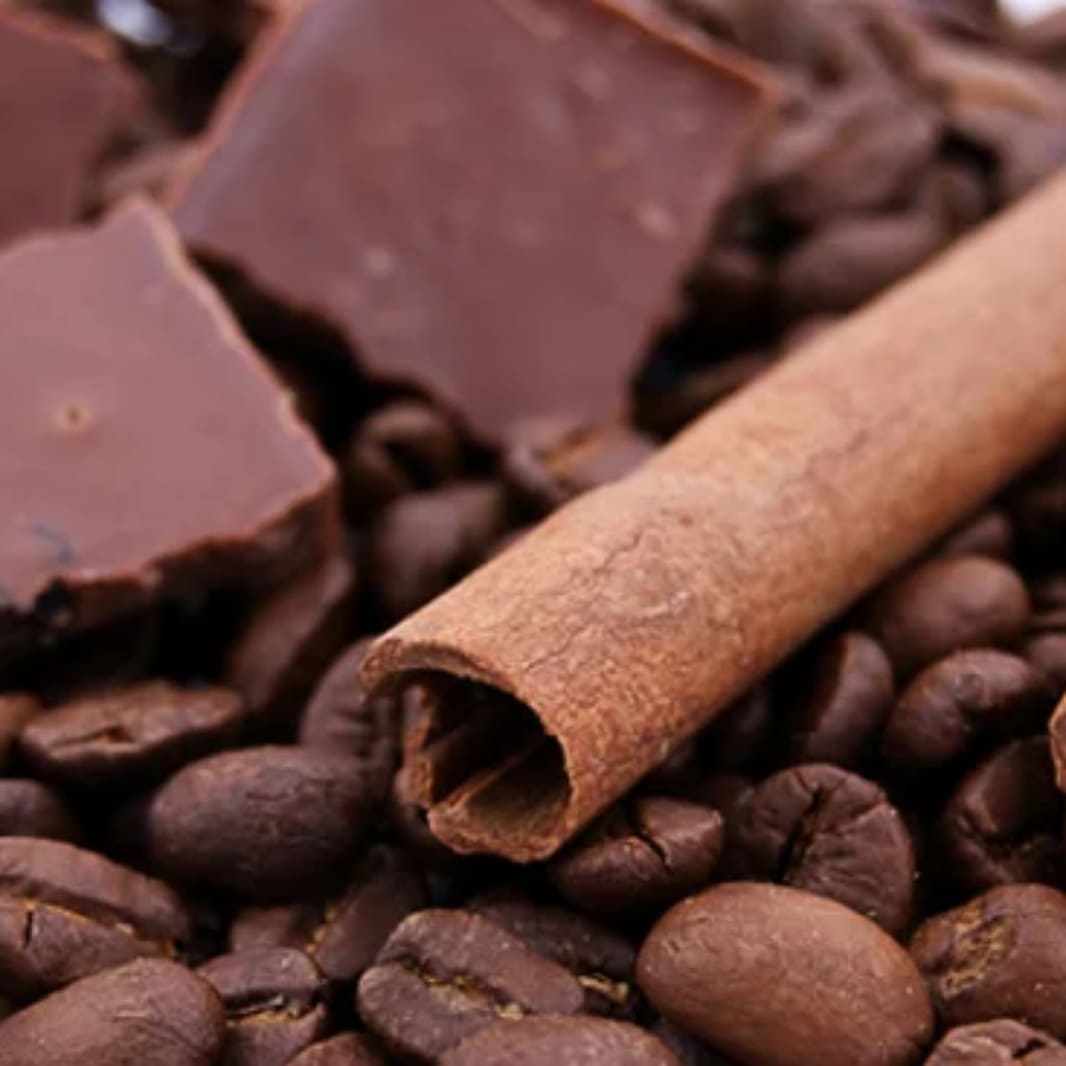
Why is it used?
Coffee tasters use the Sensory Lexicon to help them judge the subtle differences between coffees. It can help the tasters to tell if the way the coffee was grown, milled and roasted has affected the final flavour. Perhaps the type of soil the tree was planted in has made a difference. Or maybe the way it was watered and fed. Even the type of bags the beans have been stored in could change that final flavour.
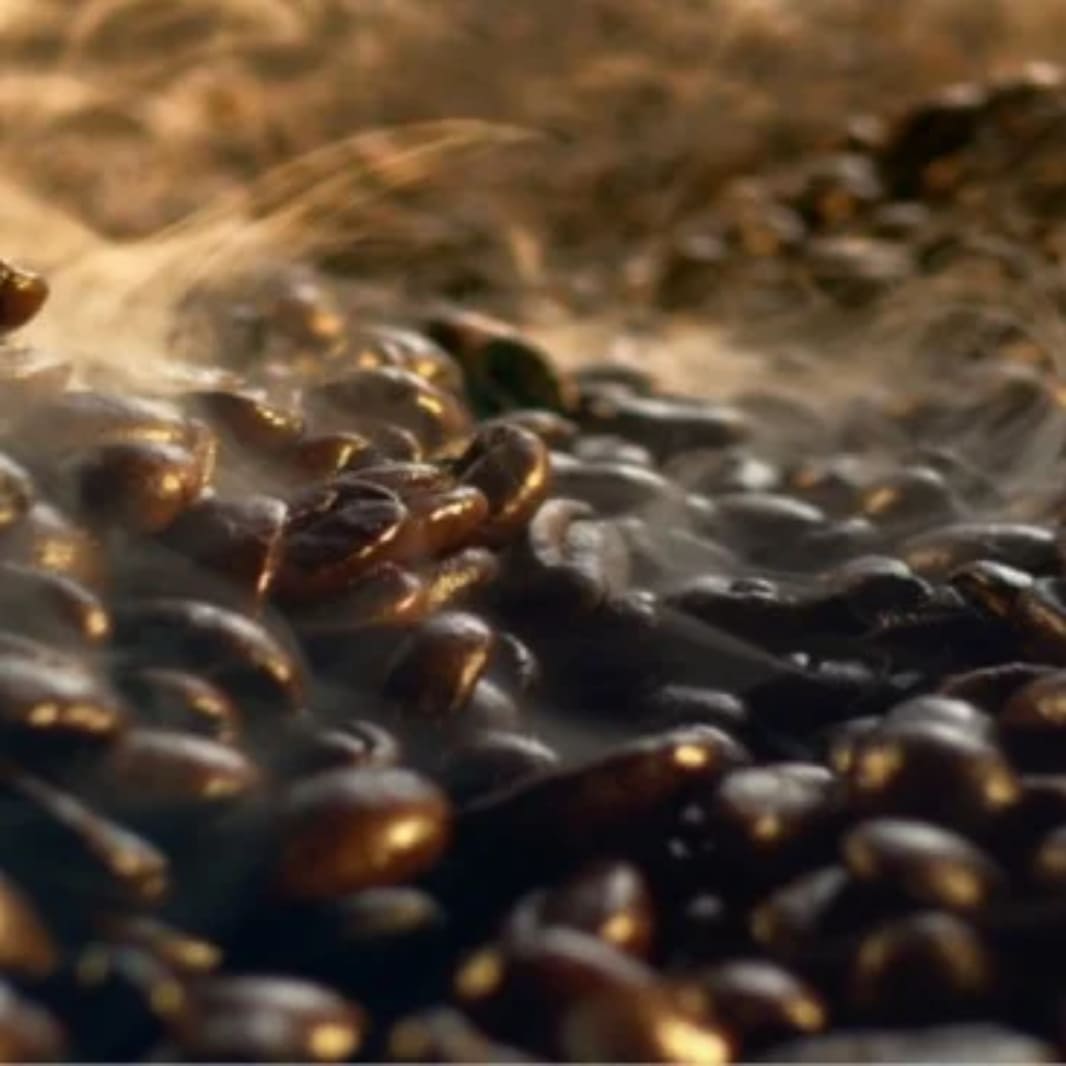
Learning the basics
Tasting skills
To qualify as a professional taster, you’ll need to be an expert in “cupping” – the technique for identifying the complex tastes and aromas in coffee. You’ll learn about:
- • Le Nez du Café Aroma. Appreciating the 36 basic scents that are found in coffee aroma
- • Sensory skills. Judging the strength of tastes like sweet, sour and bitter
- • Peer calibration. Blind-tasting coffee so you can match the judgment of experienced tasters
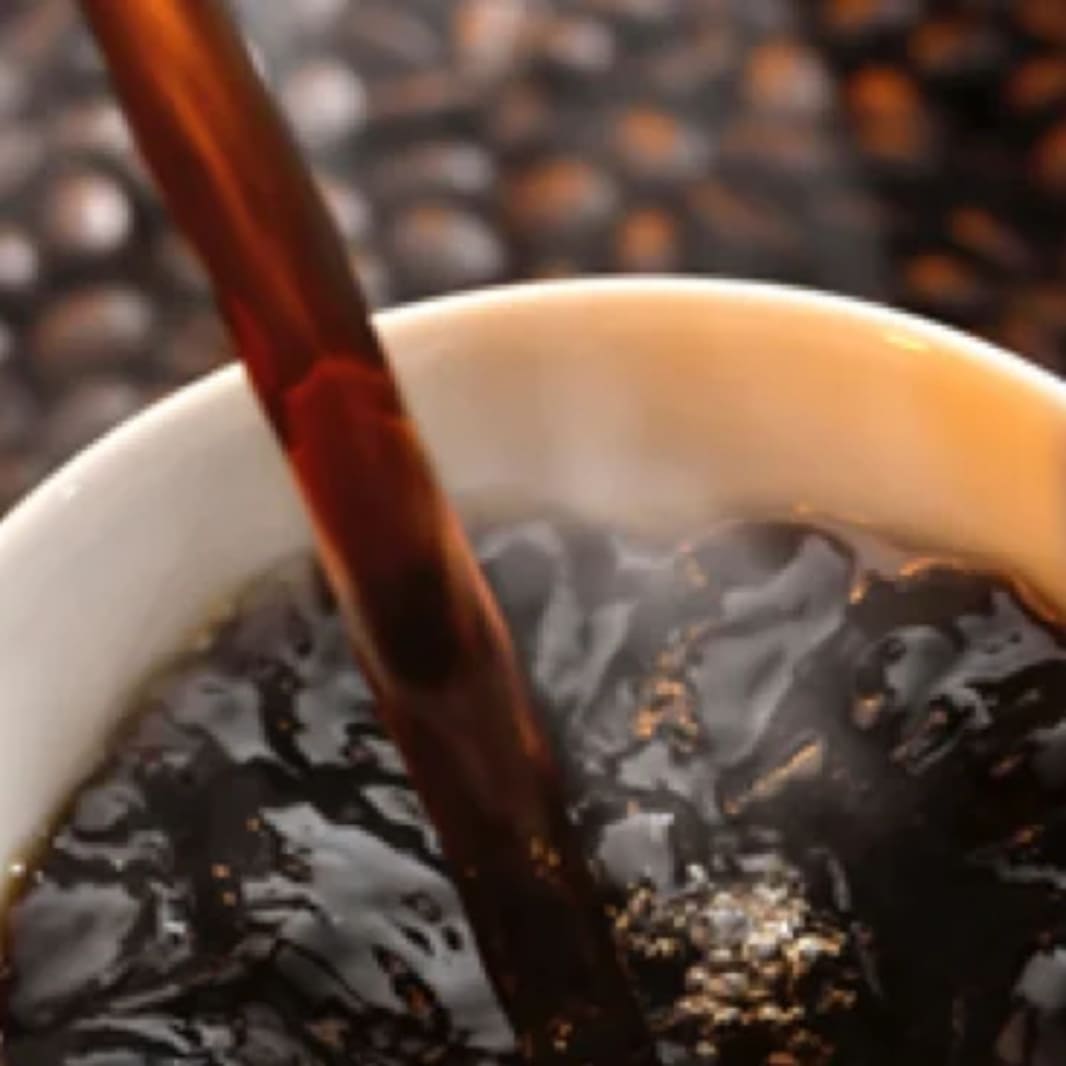
How to become a coffee taster
You will need to pass lots of challenging tests and exams. It’s certainly not easy!
If you do some web research for coffee-tasting courses, you’ll probably find an organisation locally that can help you towards professional qualification. You’ll need lots of dedication to study for and pass the exams and practical tests that will develop your tasting skills and coffee know-how.
Coffee knowledge
Coffee tasters also need to know about the entire coffee journey. That helps them to spot ways of improving a coffee’s quality before it arrives in your cup. You’ll need to know about:
- The foundations of coffee. The agriculture and science behind the coffee journey
- The science of coffee processing. How coffee is stored, milled and roasted
- Coffee quality. The way coffee is handled during its journey, and how that can affect its final quality
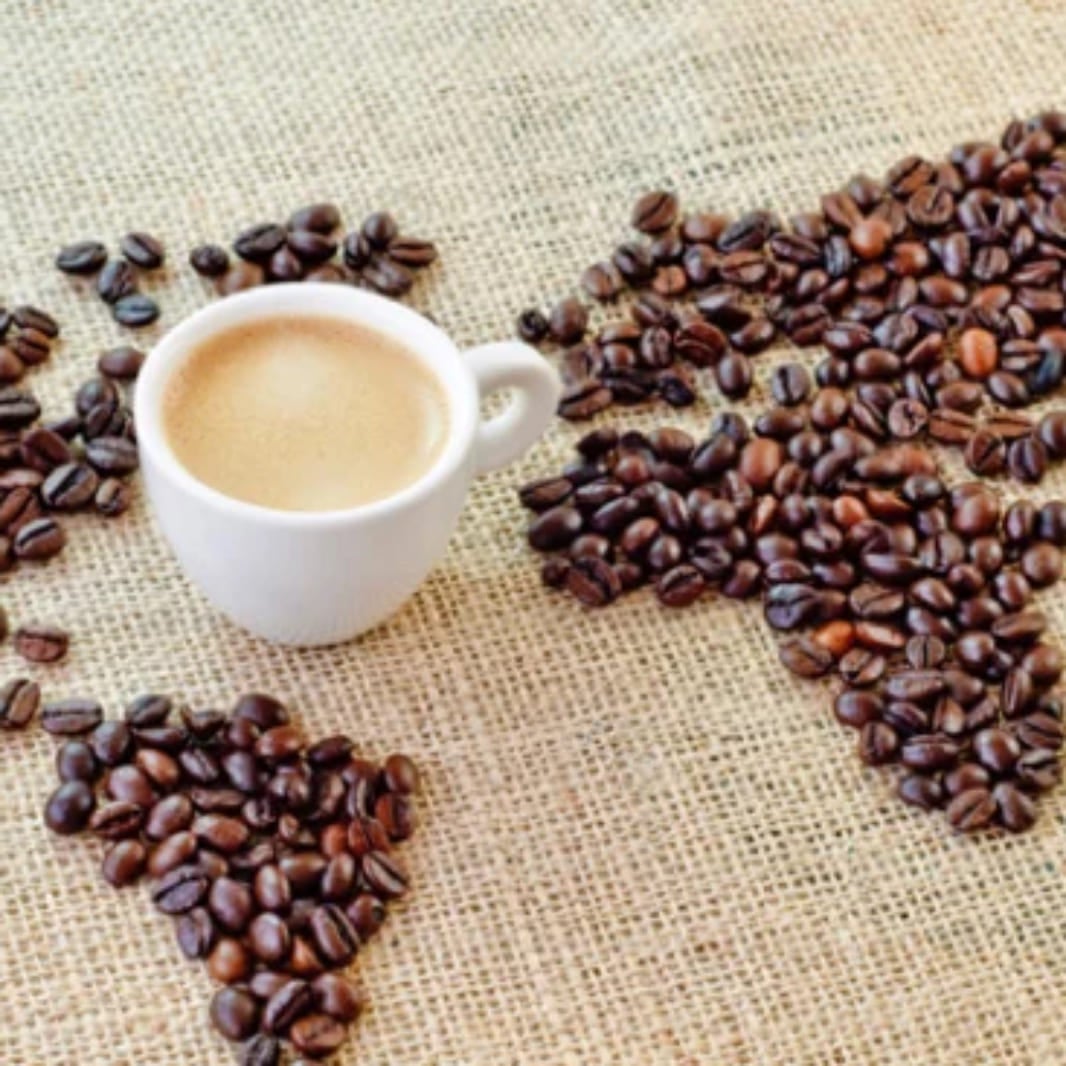
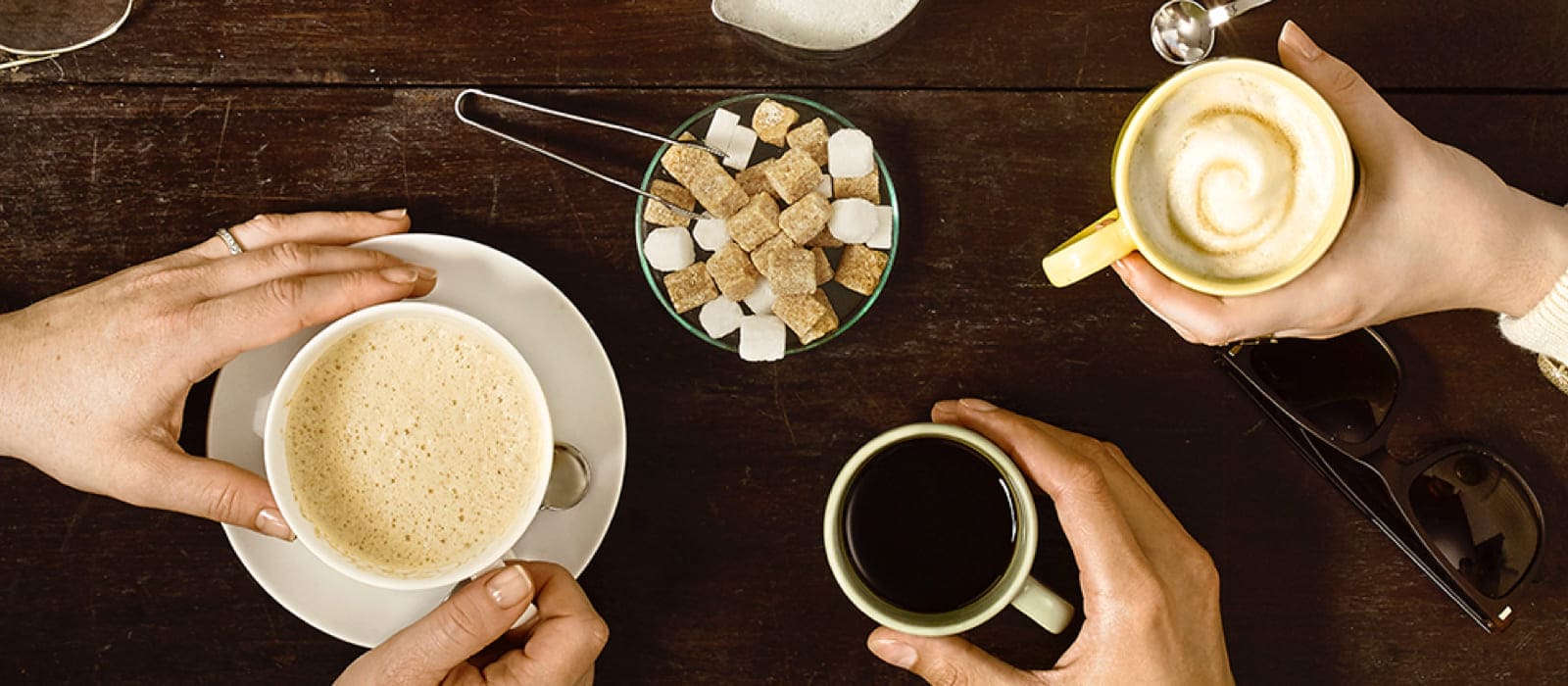

Join the My Perks community!
Enjoy prizes, discounts, expert tips, recipes, exclusive offers and more with My Perks.

